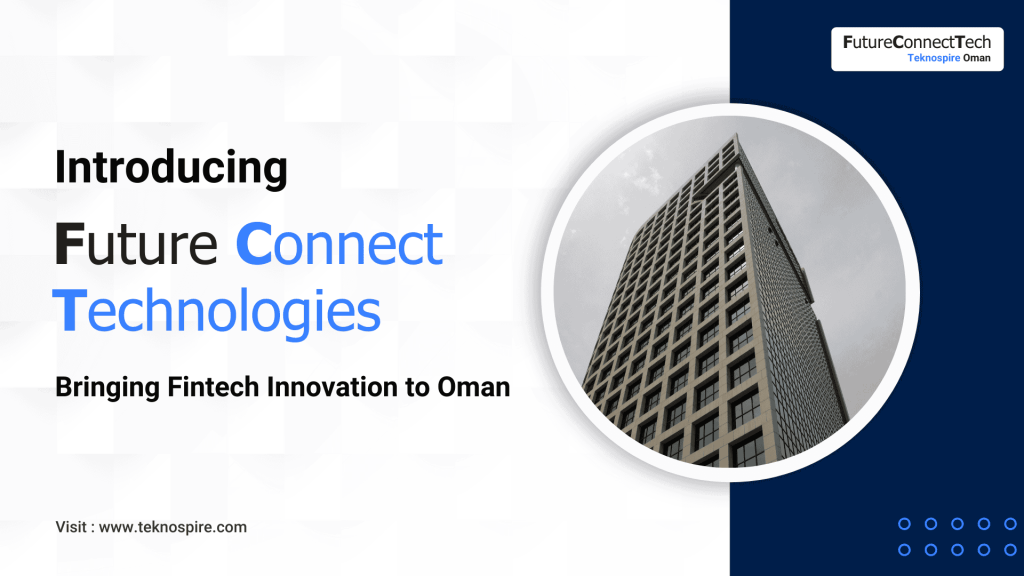Financial Inclusion helps lift people out of poverty and can help speed economic development. It can draw more women into the mainstream of economic activity, harnessing their contributions to society. – Sri Mulyani Indrawati, Indonesian economist, Minister of Finance of Indonesia since 2016 Economic growth of a country depends on factors like national income, per capita income & per capita consumption, technological advancement and even its political structure. An equilibrium between savings and consumptions is another factor which decides economic growth. Walter Bagehot, the famous classical economist, stated long ago that a strong financial system is crucial for economic growth and that the lending should be “quickly, freely and readily”. Translated to suit modern day scenario, to strengthen financial systems you need to encourage economic activities like Financial Inclusion, Digital Banking & Fintech. Let’s explore what and how Financial Inclusion can do and what it holds in the future for developing countries like India, Nepal, Bangladesh, and other African and Asian economies. Defining Financial Inclusion Financial inclusion can be broadly defined as the process of making financial services available to people, especially the weaker sections and low-income groups of the society. It includes the timely and adequate availability of a wide range of financial products and services like: Bank accounts for saving & transactional purpose Equity products Insurance Saving products Loans For economic growth in developing countries, this aim is furthermore towards ensuring financial inclusion to the unbanked and the underprivileged community who are either unaware of or unable to affordable financial services and products. Penetration of financial services to all sections of society at a swift pace can be achieved through Digital Banking and FinTech. Goals to achieve Financial Inclusion are: To maximize the use of the latest technologies to transform the existing traditional financial or banking service models. To better the existing products or services of the financial sector. Financial Inclusion – Impacting Economies of Developing Countries Impact of Financial Inclusion, especially via Digital Banking or FinTech, can be exponential. A survey report by McKinsey Global Institute, which has been endorsed by the World Economic Forum also, states that there are more than 2 billion individuals and 200 million businesses (small, medium and micro) with no formal access to financial services like savings or credit. Those who have access are often required to pay heavy fees or charges. It goes on to state that if through Digital Banking, financial inclusion is ensured then the following impacts are expected: GDPs of developing countries like, India, Ethiopia, Nigeria, and similar Asian economies will increase by 6%. The absolute value of such increase may reach a whopping $3.7trillion by 2025. This incremental GDP thus created will generate an additional 95 million new jobs across industries. Addition of 1.6 billion unbanked individuals will create a big pool of loan borrowers. Around $2.1 trillion of the loan amount to these individuals or small sized businesses is expected. Governments can bring down tax collection leakages and gain up to $110 billion per year. Governments stand to gain up to $400billion every year when they convert traditional accounts to digital accounts as they can now save 80-90% of cost on managing traditional accounts. Increase in customer base will result in an incremental revenue generation of $4.2 trillion. All these predictions sound exciting, right? Read on to know some of the many concrete benefits of financial inclusion. Concrete Benefits of Financial Inclusion The few of the many, main benefits of financial inclusion are: Better Penetration of Services With financial inclusion in place, reaching the rural populace will be made possible providing them easy access to bank accounts, cash payments, cash receipts, and account statements. The authentication and fulfillment of services can be done by fingerprint and online receipts respectively. Boosting Economic Growth The banking ecosystem will be strengthened as the cash economy will be reduced and the habit of saving will be inculcated in rural masses. Direct Subsidy Transfer The government subsidies will be directly deposited to the bank accounts of beneficiaries. The funds will thus reach the intended recipients instead of middlemen forestalling leakages and corruption. Encourages Entrepreneurship Financial inclusion will motivate formal banking and transparent credit availability which will release people from the clutches of unofficial money lenders. Adequate credit will prompt entrepreneur initiatives which will further enhance economic outputs and prosperity of the country. Financial Inclusion – Headway The progress of financial inclusion in the context of emerging economies like India has been substantial. The same has been highlighted in the Department of Financial Services GOI reports as: 35.5% of households availed banking services in 2001 which grew to 58.7% in 2011. This growth is significant in rural India –from 30.1% in 2001 to 54.4% in 2011. The CRISIL- Inclusix which includes branch penetration, deposit penetration, and credit penetration was 35.4 in 2009 and has grown to 40.1 in 2011 to 58.0 in 2016. IMF ‘Financial Access Survey 2018’ reported the following- Low-income countries like- Bangladesh, Myanmar, Guyana and many African countries have successfully used mobile payments for Financial Inclusion. These countries have more than twice the number of bank accounts per 1000 adults than the developed economies. What a sky-high improvement! Additionally, the IMF Financial Access Survey 2018 also reported an increase in the number of ATMs per 100,000 adults, branches of commercial banks per 100,000 adults, deposit and loan accounts with commercial banks per 1000 adults. Mobile money transactions number per 1000 adults was the most attention-gainer with a significant rise! Financial Inclusion does not mean only access to services but how those services are useful for the user. One of the parameters which are considered by various organizations while mapping FI is the safety and convenience of the financial service or product. A survey done by the World Bank Group, measuring the Financial Inclusion and Fintech revolution, reported that globally the percentage of adults using digital payments for receiving and making payments increased by 11% between 2014-2017. In developing countries, it is higher by 1% i.e. 12%.

